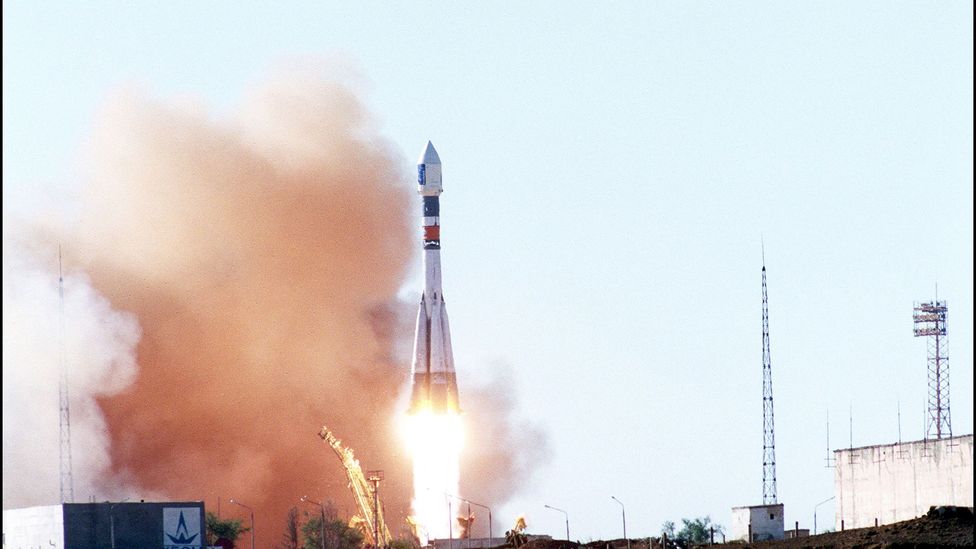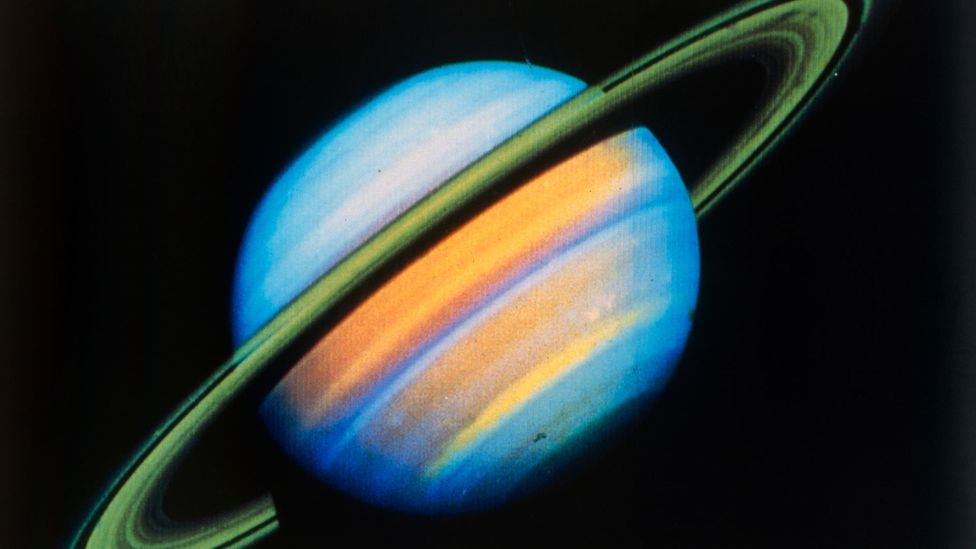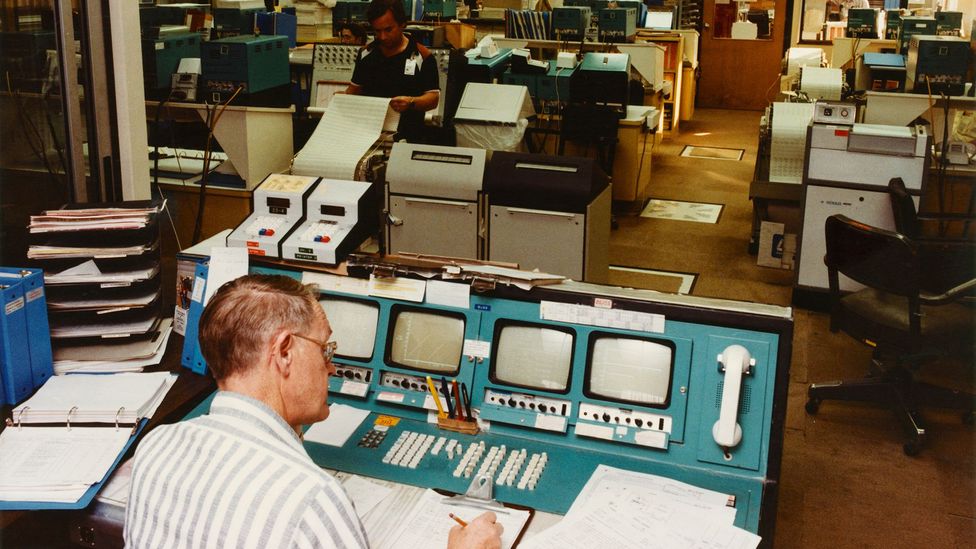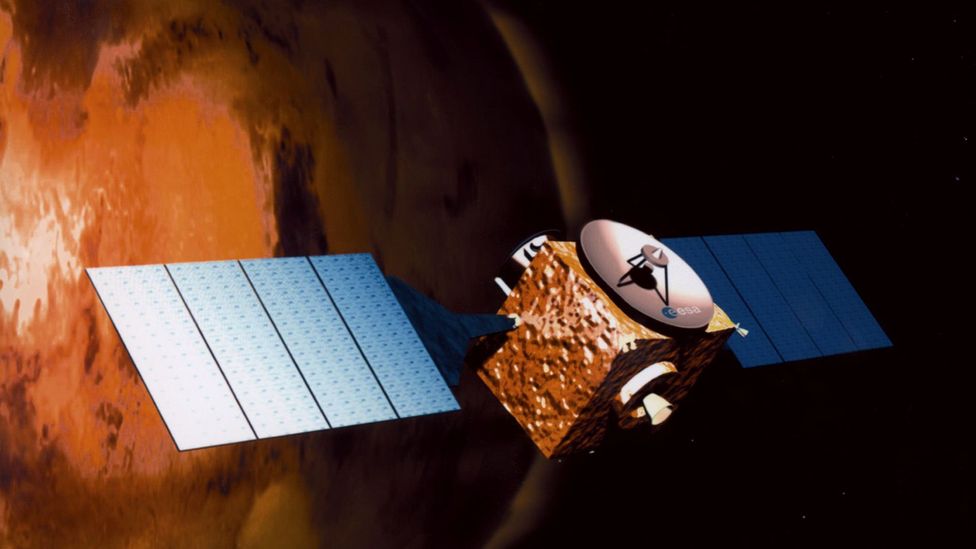4 June 1996, European space port, French Guiana…
It took more than 10 years to design and build Europe's four identical Cluster satellites for launch; and just 39 seconds to lose them all in an enormous fireball.
Their remains rained down over the South American jungle as the Ariane 5 rocket veered off course and exploded. VIPs who had been sipping champagne on the outdoor viewing gallery moments earlier were ushered back inside to avoid being injured by the falling debris.
The disaster was one of the European Space Agency's (Esa) most visible and spectacular failures. But within months, work had begun on a replacement mission, Cluster II.
Designed to fly in formation to investigate the interaction between charged particles from the Sun – the solar wind – and the magnetic bubble surrounding the Earth, known as the magnetosphere, Cluster II ranks as one of the most successful and long-lasting science missions ever flown. The satellites (named Rumba, Salsa, Samba and Tango, since you ask) have just celebrated 23 years in orbit.
"The mission was only designed to last three years," says Cluster's mission operations manager at the European Space Operations Centre (Esoc) at Darmstadt in Germany, Bruno Sousa. "It has a very enthusiastic group of scientists working on the mission – some of them are waiting for it to finally end so they can enjoy their retirement.
Cluster is one of many missions still alive today thanks to the skill and ingenuity of the engineering and science teams behind them, problem-solving their way through glitches, malfunctions and near-catastrophic failures. This challenge of maintaining spacecraft long after their original best-before date was highlighted recently when controllers briefly lost contact with Voyager 2.
Launched almost 46 years ago in 1977, the twin Voyager probes continue to send back data from beyond the Solar System.
I checked with Nasa, which has assured me that the spacecraft are still being controlled from the same beige cubicle in an annex of its Jet Propulsion Laboratory (JPL) that I visited in 2017, marked with a homemade cardboard sign reading: "Mission critical hardware – PLEASE DO NOT TOUCH". (You can read the full story of the mission here and listen to a radio programme I produced about it here.)
The set-up will be familiar to the Cluster mission controllers, who have had to battle with 20th-Century ground control software built on an obsolete operating system.
"We've developed a complicated setup where we have modern Linux servers running a virtual environment with an emulator of the old operating system," says Sousa. "The person running the software is part of the original team, he’ll retire when the mission is over."
You might also like:
Power has also been an issue. The Cluster satellites are fitted with solar arrays for electricity but, twice a year, they pass into the Earth's shadow and need batteries to survive.
"The batteries were only designed to last five years and after six we started to lose capacity," says Sousa. "Then we had cracks and eventually leaks and they became completely unusable."
The solution was to power-down the satellites as they approach the eclipse and then send signals to reboot them in an automated sequence. It's like giving Cluster a factory reset twice a year. In fact, when it comes to spacecraft aftercare, the manufacturers are often asked to step in.





